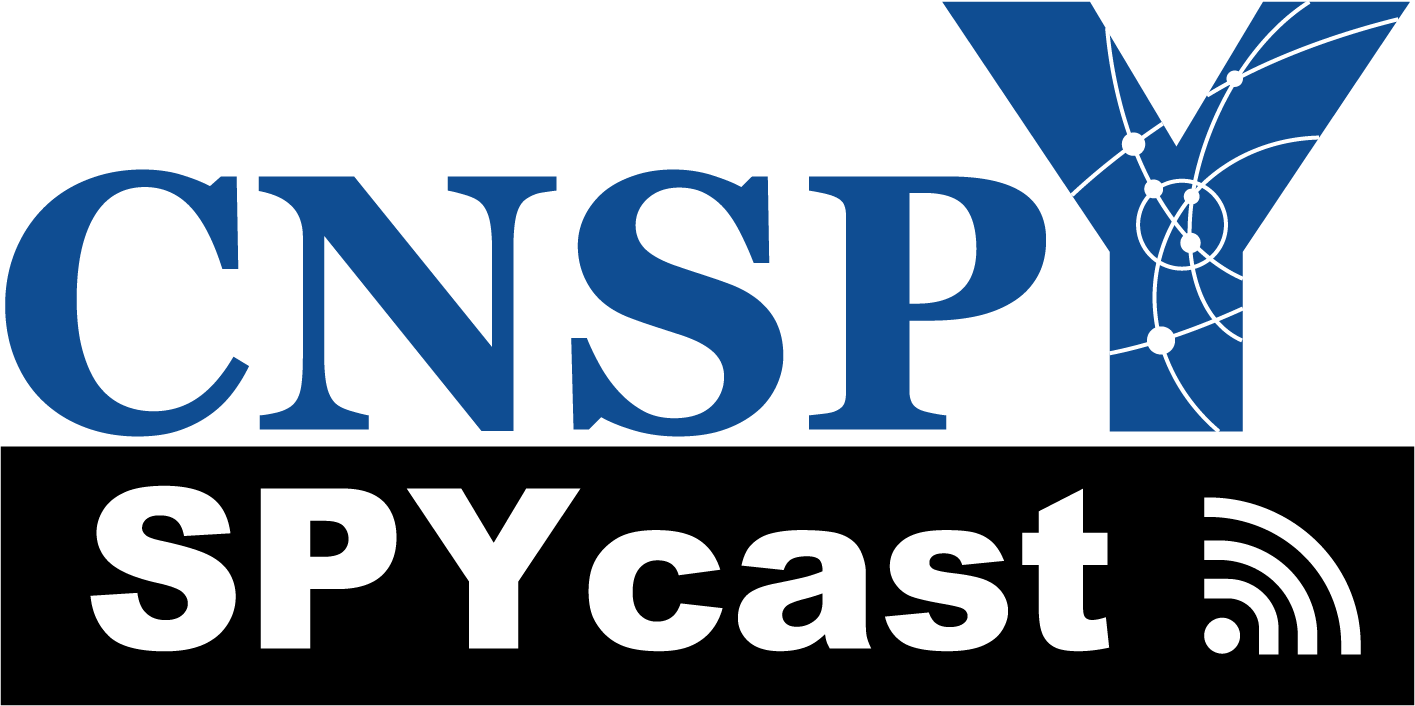This week’s blog post comes to us from guest blogger, Supriya Kulkarni, who is back to provide more thoughts. This time, she focuses on how to construct the Elevator Pitch, the short one-minute speech about your work that you could deliver before an elevator ride is over. Here’s Supriya…
Networking is an important part of our professional lives. Yes, as a student and a novice professional, it can be a daunting task to network professionally, to approach senior professionals, and… succinctly, but clearly, define ourselves without taking so much time that we lose their attention. Sometimes, we get tongue-tied, and at other times, we find it difficult to reign in our thoughts. Wouldn’t it be nice to be prepared with a few sentences that define us? Being extempore instead of impromptu? Sound concise enough, but not so rehearsed? The answers to all the above is YES, and the ELEVATOR PITCH is our friend, philosopher, and guide here.
Originally used to pitch business and sales ideas, this less-than-a-minute speech or “pitch” is the standard guide used by all professionals for productive and positive networking. Having an elevator pitch will help you stay focused and, in some cases, develop focus with respect to your career choices.
The elevator pitch or the “tell me about yourself” question should convey: 1) Who you are, 2) What you do, and 3) What you are looking for. Here are some basic ideas and concepts to follow when scripting your elevator pitch. I have compiled these pointers from various sources and if you need them, please leave a comment below and I can put up the links to those original articles.
1. IDENTIFY YOUR OBJECTIVE: This is the most important question that will help you carve out your speech. Why are you scripting this pitch? Is it for new job opportunities? Is it a new start-up idea that you are pitching to your peers? Or is it something that prefaces “you,” as an introductory statement at any networking event?
Although the crux/core of your pitch remains the same, the way it ends will vary depending on the goal that it is intended for. Whereas a new job opportunity pitch may end with “… hence I am interested in XYZ positions in ABC area,” the introductory pitch for general conversation will end with, “I am excited about/looking forward to a certain project that will accomplish ‘new things.’”
Spend time on defining your objective. If you have different objectives for different events, you will have different variations of the pitch.
2. EXPLAIN WHAT YOU DO AND YOUR USP: This is the crux of your pitch! And the most difficult part too! The first two questions about the pitch deal with “who you are and what you do.” Some or most of this content will remain constant in every pitch and requires some focus.
A pitch should include your professional skills; you are a molecular biologist, genetic engineer, psychologist, biomedical engineer working on/with a focus in a disease/technique and so on. However, it should also include your transferrable skills such as your ability to troubleshoot, multitask, communicate, and manage, organize, and lead a team, etc. Besides these, a pitch should also convey your professional outreach efforts such as, “I have successfully organized a science meeting,” or “I am a science journalist for the XYZ organization,” or “I am passionate about STEM outreach programs.”
As a pitch is restricted by time, try to focus on a quality that you are really good at, a skill that you have focused on strengthening throughout our career and one that has a measurable end point. If possible, follow the popular S.T.A.R technique – Situation, Task, Action, Result – for this section. This gives a concise and “productive” measure of who you are and what you do.
You can also define yourself by using “why” or your motivation factor to script “who” you are. It has known that your emotions help your decision-making abilities. Use them to your advantage! Use of phrases like “I am inspired by” and “I believe in” followed by results will be equally effective in conveying your passion.
3. TAILOR THE PITCH TO “THEM:” While it is important to have a clear pitch that defines you, it is equally important to follow through with the objective. The objective generally includes the “audience” who will be hearing the pitch. If it is a potential employer, focus your energy on the professional and transferrable skills that are relevant to the positions available with them. Other professional involvements will eventually come up if the audience gets interested and a deeper conversation follows.
As some authors put it, any- and everyone who listens to you is basically asking, “what’s in it for me?” If you cannot pique their interest in the first few sentences, you’ve lost their attention and interest forever. Focus on their needs and how your skills fulfill their needs? Here, too, using the S.T.A.R technique will help show you in a beneficial light, i.e. benefiting their needs!
On the other hand, you might have to tailor your pitch to fit a shorter time period of half a minute or so. In this case, focus on stating the most important “common point” that defines you but also benefits their needs. Remember, you have to grab their attention but also substantiate your pitch with results and details if it develops into a conversation.
4. ENGAGE WITH A QUESTION: Turn the way you end your pitch into a question, thus initiating conversation. If you end your pitch with “I am currently working on a certain technique to solve a particular problem…”, ask an open ended question of “how do you solve such issues?” or “is there a better approach to resolving this issue?” The emphasis is on an open-ended question to involve the other person and get a better opportunity to showcase your abilities.
5. PRACTICE, PRACTICE, PRACTICE, and PRACTICE SOME MORE: Once you have a clear idea of what your pitch is going to be, write it down! Putting it on paper solidifies your ideas and you can then improve those ideas later. Eliminate any unnecessary scientific jargon from the pitch; your audience could be from your field, but not necessarily from your micro/sub field. Read it out loud! Rehearse the pitch out loud till you have imbibed the crux. But remember, the pitch should not sound like an infomercial, hence imbibe the crux and improvise on the embellishment. Basically, as they say, “don’t speak the way you write.” Rehearse your pitch and ask your friends and colleagues for input with regard to the simplicity or the use of language. Prepare a few variations of the pitch to suit different needs – job opportunities, potential recruiters, colleagues, and short versus longer pitches.
Last but not the least, BE CONFIDENT! Even the best-scripted pitch fails when pitched without confidence. Look the addressee in the eye, smile, breathe, and maintain a pleasant upbeat vibe to your pitch. And remember, if you have initiated a conversation without having to pitch yourself, let go of the pitch completely and continue conversation where you can naturally speak about your qualities without having to deliberately introduce yourself with a pitch.
Go on! Write up, and rehearse your elevator pitch using these “points to remember!”
** Let us know if these points were useful in scripting your own pitch in the comments below! **
Share your thoughts below by clicking the “Leave a Reply” link or by clicking the chat bubble in the top right of the post.






October 19, 2016 at 1:34 am
The formal dress for the interview is a must along with resume.
August 13, 2021 at 6:59 am
Thanks
https://comprarcialis5mg.org/
February 17, 2023 at 1:10 am
Number 1 is the conventional wisdom of extroverted networkers. Number 2 is what introverts should do.
https://www.mywatchesuk.com/
November 10, 2023 at 2:33 am
Wilsdorf & Davis era il nome originale dell’azienda che in seguito divenne la repliche rolex Watch Company.
November 12, 2023 at 9:22 pm
If you haven’t guessed yet, Panerai Replica that is because much of the watch’s movement — which is visible from the dial side, a first for Voutilainen — is taken from the Vingt-8 construction that is easily distinguishable due to the extra-large balance wheel found in the 28ti’s top-left corner.